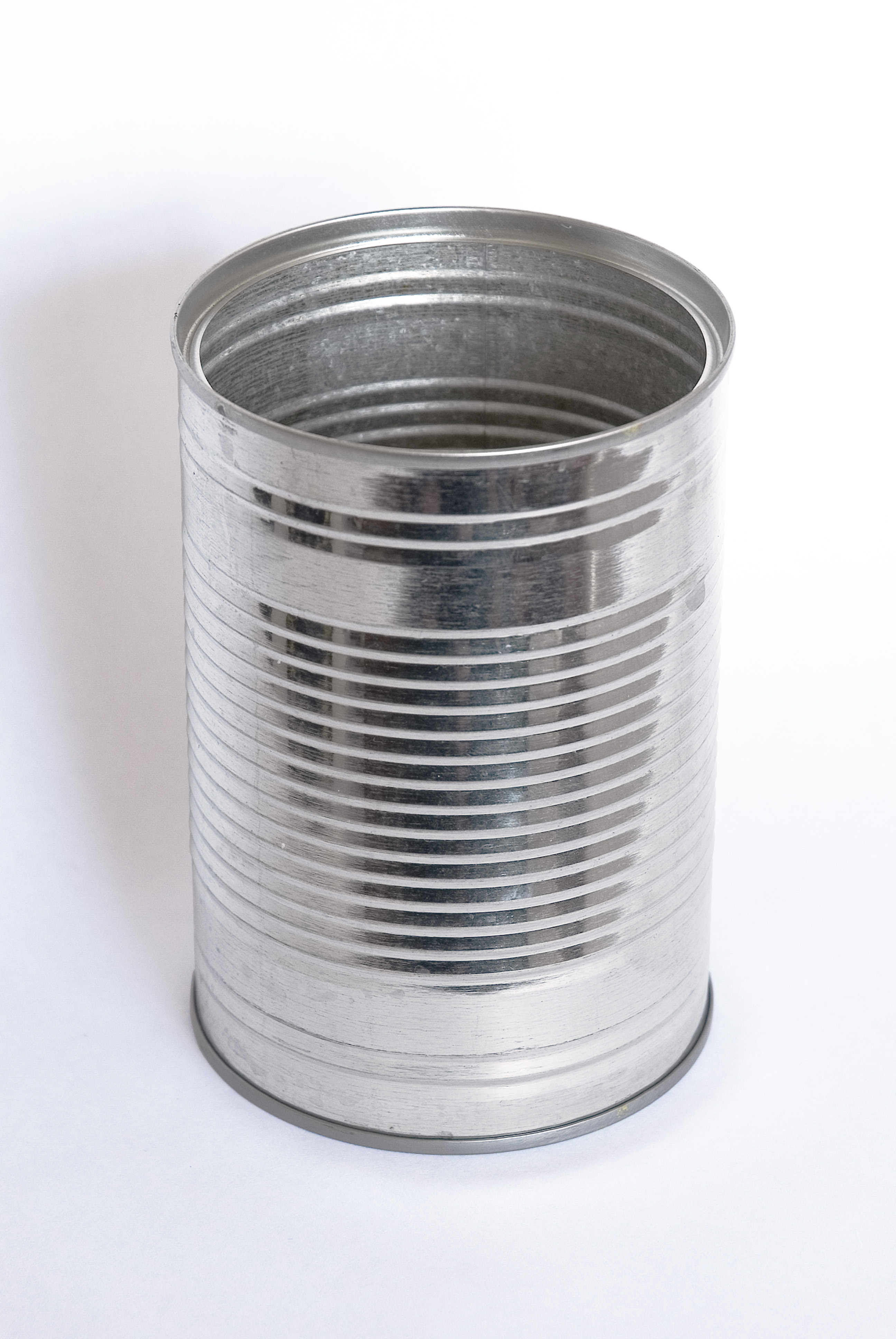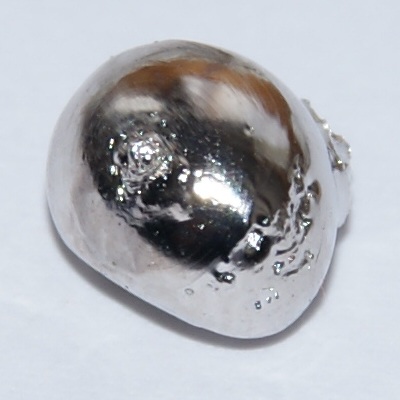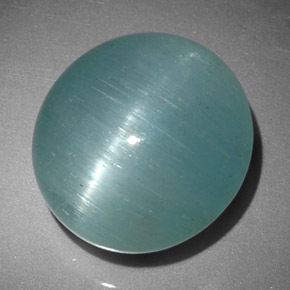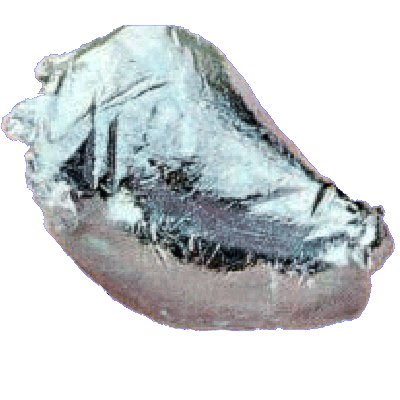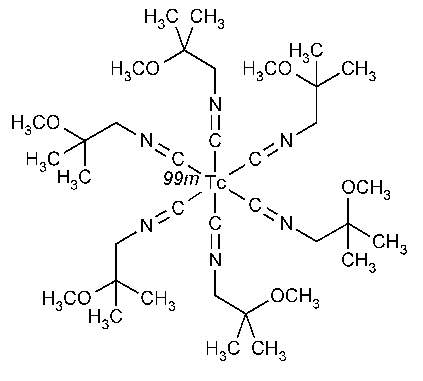 Known since the 17th century, antimony is the 51st element in the periodic table of elements. Itrs name is derived from Greek "anti plus monos", meaning "a metal not found alone". This makes a lot of sense as antimony is found in not one, not two, but over ONE HUNDRED different minerals. Only rarely does it ever occur in its native form.
Known since the 17th century, antimony is the 51st element in the periodic table of elements. Itrs name is derived from Greek "anti plus monos", meaning "a metal not found alone". This makes a lot of sense as antimony is found in not one, not two, but over ONE HUNDRED different minerals. Only rarely does it ever occur in its native form.Antimony is found in two forms- metallic and amorphous. I am going to focus on the metallic form- a bluish metal that is very stable and VERY brittle. It has a flaky texture to it, and it has a metallic luster. While it is not oxidized by air, it will burn very well when lit, producing white fumes. Unlike a lot of other metals, it is a very bad heat and electrical conductor. While antimony is often used in alloys to increase mechanical strength and hardness, it and its compounds are also used for:
- Batteries
- Bullets
- Cable Sheathing
- Flame-proofing Compounds
- Glass
- Ceramics
- Paints
- Pottery

